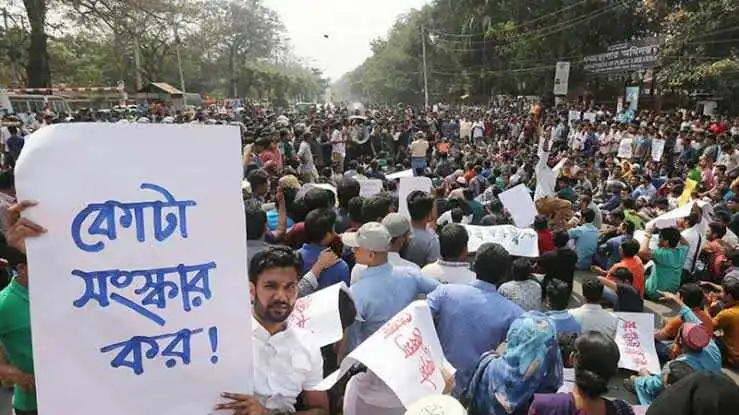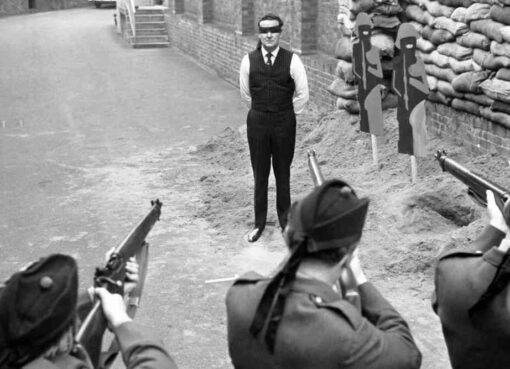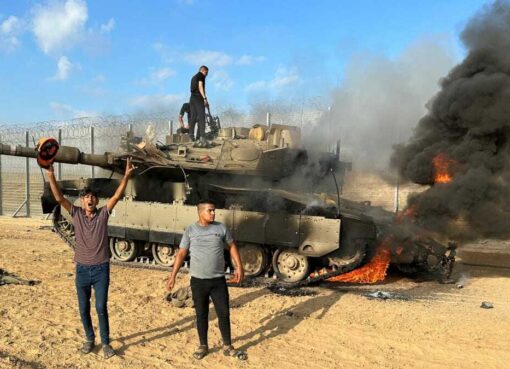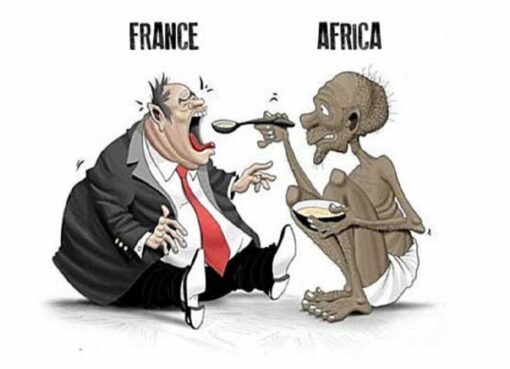Nahid Islam is a prominent figure in the Students Against Discrimination Movement, which pushed for reforms in the quota system for government jobs in Bangladesh.
Following nearly a month of intense demonstrations against the government and its quota policies, Prime Minister Sheikh Hasina resigned and left the country. The widespread protests, spearheaded by student leader Nahid Islam, began with demands to change the quota system favoring freedom fighters’ families and evolved into a powerful anti-government movement calling for Sheikh Hasina’s resignation.
On a pivotal Monday, protesters defied a nationwide curfew, stormed the Prime Minister’s residence, and proclaimed victory for their cause.
Key Facts About Nahid Islam:
- Academic Background: Nahid Islam is a student in the Sociology Department at Dhaka University and is recognized for his advocacy for human rights.
- Leadership Role: He is one of the National Coordinators of the ‘Students Against Discrimination’ Movement, which emerged in response to the Supreme Court of Bangladesh reinstating a 30% quota for descendants of war veterans and freedom fighters in June 2024. The movement contends that this quota is discriminatory and politically manipulated to control access to government jobs.
- Political Stance: Nahid has been an outspoken critic of Sheikh Hasina’s party, the Awami League, labeling its members as “terrorists” active on the streets. In a notable address at Shahbagh, he declared that students were prepared to escalate their protests from using sticks to taking up arms if necessary.
- Abduction and Torture: On July 19, 2024, Nahid was abducted by at least 25 plainclothes men from a house in Sabujbagh. He was blindfolded, handcuffed, and subjected to torture during repeated interrogations about his protest activities. He was found two days later, unconscious and injured, under a bridge in Purbachal.
- Second Kidnapping Incident: On July 26, 2024, Nahid was kidnapped again, this time from Gonoshasthaya Nagar Hospital in Dhanmondi, by the Dhaka Metropolitan Police’s Detective Branch.
How Did the Protests Start?
The protests, which have drawn hundreds of thousands of participants, began in July when students took to the streets against a controversial quota system that allocated up to 30% of government jobs to family members of veterans from Bangladesh’s 1971 war of independence against Pakistan.
Students argued that the quota system was discriminatory and disproportionately benefited supporters of former Prime Minister Sheikh Hasina’s Awami League party, which had led the independence movement.

The protests also underscored the country’s economic distress, marked by falling exports and dwindling foreign exchange reserves. Additionally, the demonstrations highlighted the scarcity of quality jobs for young graduates, who increasingly seek stable and well-paying government positions.
The nationwide protests turned violent on July 15, with student protesters clashing with security officials and pro-government activists. Authorities responded with tear gas, rubber bullets, school closures, and a curfew accompanied by a shoot-on-sight order.
Internet and mobile data services were also shut down. According to Reuters, about 300 people were killed and thousands injured in clashes, marking some of the worst violence in Bangladesh since its 1971 war of independence from Pakistan.







